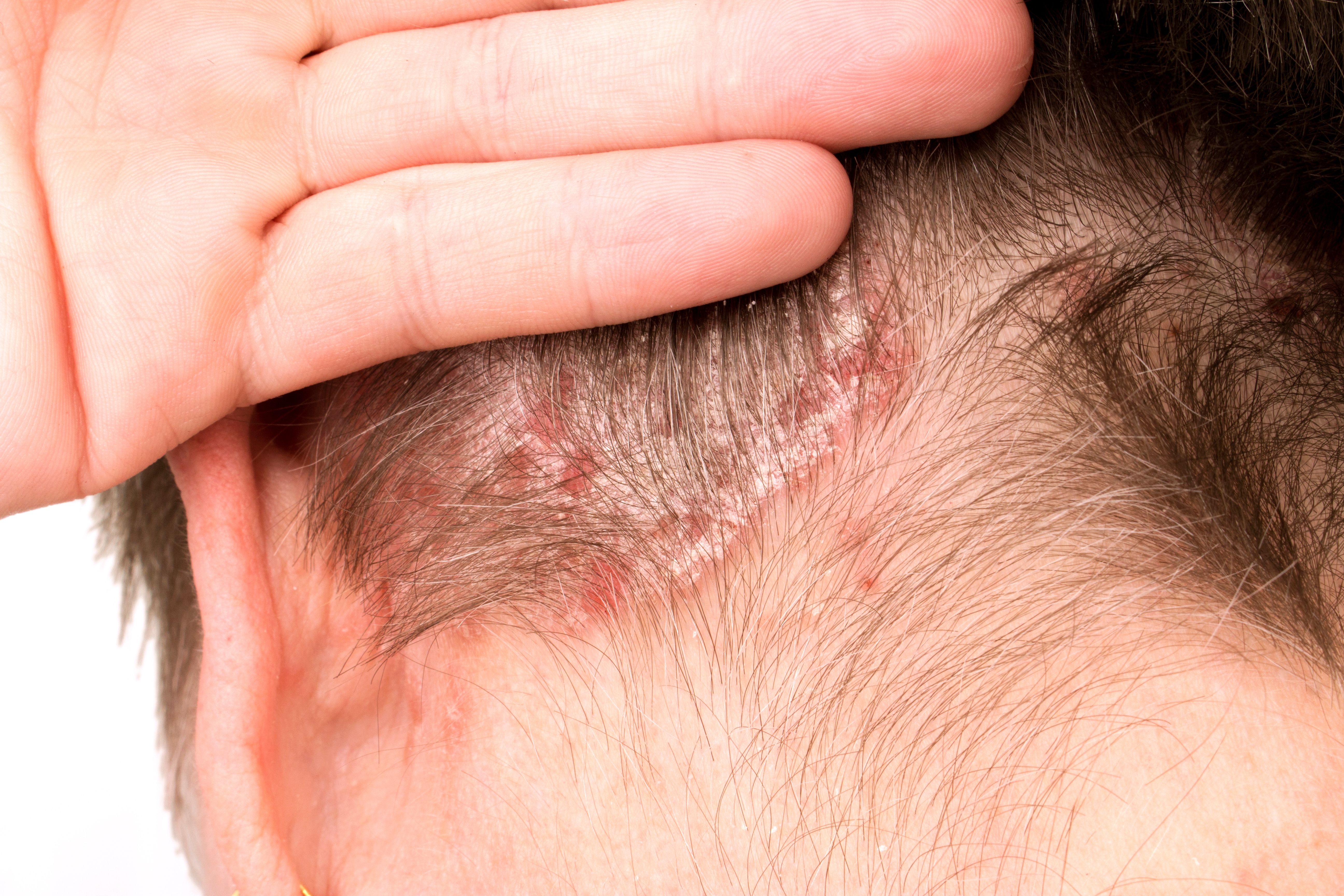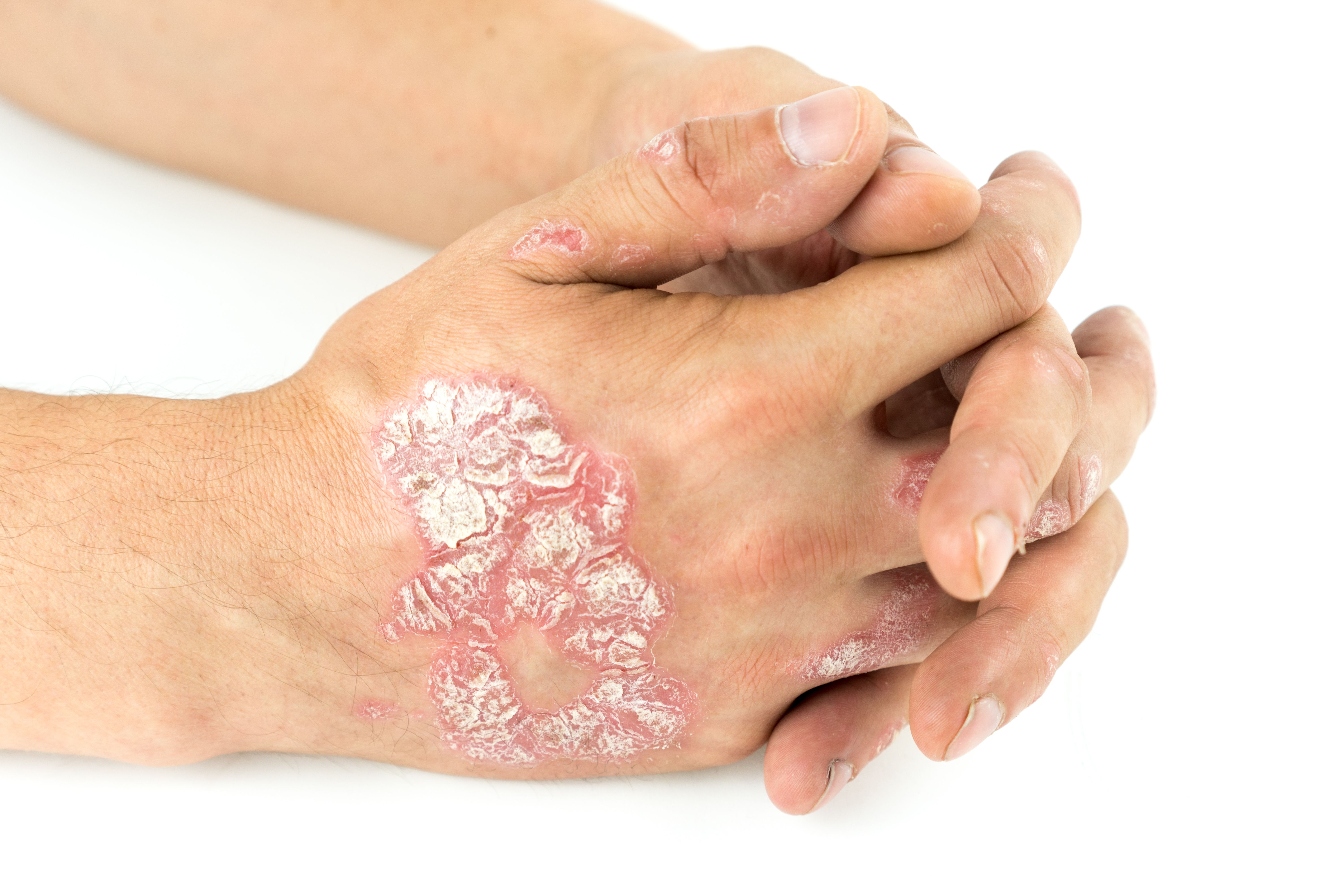Article
Publication Summary: Maintaining Quality Migraine Care During the COVID-19 Pandemic
Background
The global number of confirmed coronavirus disease 2019 (COVID-19) cases has reached nearly 3.7 million as of May 7, 2020 and continues to grow.1 Amid this pandemic, headache medicine clinicians are challenged with providing quality care to patients with migraine while working to minimize the spread of COVID-19. Therapeutic procedures are being canceled and in-person office visits are being converted to remote consultations. The publication summarized below offers strategies that clinicians may employ to optimize care for patients with migraine during the COVID-19 pandemic, such as telemedicine and patient-administered therapies, and it outlines specific steps that health insurance providers can take to remove burdensome constraints that may be preventing patients from receiving the migraine therapy they need.2
Telemedicine
Telemedicine—remote communication via video and audio between provider and patient—has demonstrated cost-effectiveness and convenience in headache care; however, prior to the COVID-19 pandemic, its use had not been widely adopted by the health care community or backed by governments. With the sudden increased need for health care services delivered remotely, governments and commercial insurance providers have been quickly modifying rules and regulations to enable broader telehealth engagement, and clinicians have been tasked with learning telehealth-related laws, regulation, coding, and reimbursement options. The rules are rapidly evolving. Currently, qualified providers can use standard evaluation and management codes for telemedicine visits with fee-for-service Medicare patients, whether or not they are in an area where there is a shortage of health professionals. Qualified providers can also currently practice in any state, although some states may have restrictions for out-of-state providers. Parity laws, which affect commercial reimbursement, also differ by state. To stay abreast with the evolving rules and regulations related to telemedicine, providers can visit the American Academy of Neurology’s website: https://www.aan.com/telehealth.2
Acute Treatments
The pandemic may influence the number of patients experiencing acute headache: Pandemic-related stressors may trigger worsening headache and headache may also be a symptom associated with COVID-19. Patients with acute headache should be evaluated for COVID-19 when determining appropriate treatment.2
Nonsteroidal anti-inflammatory drugs (NSAIDs) and triptans serve as first-line acute treatment for migraine headaches, and other more recently approved or cleared therapies—such as gepants and lasmiditan—may also be used. Triptans, dihydroegotamine, and lasmiditan should not be co-administered within a 24-hour period, and therapies within the same drug group should not be administered together.2
Acute migraine can also be treated with neuromodulation devices, which manage pain through electrical stimulation. These devices are available through their manufacturers.2
Bridge Treatments
Bridge therapies for a severe or continuous migraine, although not all are fully supported by evidence for the treatment of migraine, may have an important role in keeping patients with migraine out of the hospital during this pandemic. NSAIDs are often used for an ongoing migraine attack. Although NSAIDs were initially thought to worsen symptoms from COVID-19, in March 2020 the FDA stated that it is not aware of scientific evidence linking NSAID use with intensified COVID-19 symptoms. Corticosteroids, which can also be used as a bridge therapy, hold potential for “prolonging viral replication as observed in [Middle East Respiratory Symptoms coronavirus] MERS-CoV patients,” according to the CDC, so corticosteroids should be avoided by patients with COVID-19.2
Neuroleptics may offer pain relief by blocking the effects of certain molecules, such as serotonin and dopamine, that are likely involved in migraine pathophysiology. Additional options for bridge therapy include long-acting triptans and antiepileptics.2
Medications typically available through specialized pharmacies, such as intranasal lidocaine, may be used for either acute or chronic migraine treatment. Patients may also benefit from therapies that target specific migraine-related symptoms, such as difficulty sleeping or aura with migraine.2
Preventive Treatments
A standard and effective treatment for chronic migraine is onabotulinumtoxinA injection; however, because this injection must be given in office by a health care provider, therapies administered by patients at home should be explored first. At-home therapy options for chronic migraine are listed in the American Academy of Neurology/American Headache Society guidelines3 (published in 2012); additional treatment options, approved more recently, are noted below.2
Within the past 2 years, the FDA approved 4 monoclonal antibodies that target the calcitonin gene-related peptide (CGRP) and its receptor to control episodic and chronic migraine. Three of the 4—erenumab-aooe, galcanezumab-gnlm, and fremanezumab-vfrm—are available as injections for the patient to self-administer at home. There are also oral options: The angiotensin receptor blocker candesartan has demonstrated efficacy and safety for preventing migraine, and the angiotensin-converting enzyme inhibitor lisinopril is considered possibly effective; however, these medications pose a theoretical increased risk of COVID-19 infection, although this risk is not currently supported by experimental or clinical data. Melatonin has also demonstrated efficacy and safety for migraine prevention, and zonisamide, typically prescribed for seizures, may be effective for patients with a poor response to topiramate.2
Addressing Insurance Hurdles
To optimize migraine care during the COVID-19 pandemic, additional barriers need to be addressed. Health insurance companies should remove prior authorization restrictions to allow patients to more easily access to evidence-based, FDA-approved therapies for migraine. Appropriate patients should qualify for anti-CGRP monoclonal antibody therapies without needing to first try and fail onabotulinumtoxinA injections or older medications, and those currently receiving onabotulinumtoxinA should receive simultaneous coverage for anti-CGRP monoclonal antibodies to facilitate the transition to this at-home therapy. Insurance companies should also consider reducing restrictions on the off-label use of migraine therapies approved for adults in adolescents.2
Migraine care is continuously evolving to adapt to constraints associated with the COVID-19 pandemic. Headache medicine clinicians can leverage telehealth visits and prescribe patient-administered therapies to maintain effective care while helping to prevent the spread of COVID-19. Health insurance companies should consider lifting coverage rules and restrictions that currently pose barriers to patient access to quality migraine therapy, thereby supporting efforts to keep patients healthy and out of the hospital.
References
- WHO coronavirus disease (COVID-19) dashboard. World Health Organization website. Updated May 7, 2020. Accessed May 7, 2020. covid19.who.int
- Szperka CL, Ailani J, Barmherzig R, et al. Migraine care in the era of COVID-19: clinical pearls and plea to insurers. Headache. 2020;60(5):833-842. doi:10.1111/head.13810
- Silberstein SD, Holland S, Freitag F, et al; Quality Standards Subcommittee of the American Academy of Neurology and the American Headache Society. Evidence-based guideline update: pharmacologic treatment for episodic migraine prevention in adults: report of the Quality Standards Subcommittee of the American Academy of Neurology and the American Headache Society. Neurology. 2012;78(17):1337‐1345. doi:10.1212/WNL.0b013e3182535d20

Update on Migraine Patient Care Challenges During the Pandemic

CGRP Inhibitors: A Promising New Class of Drugs for Migraine



